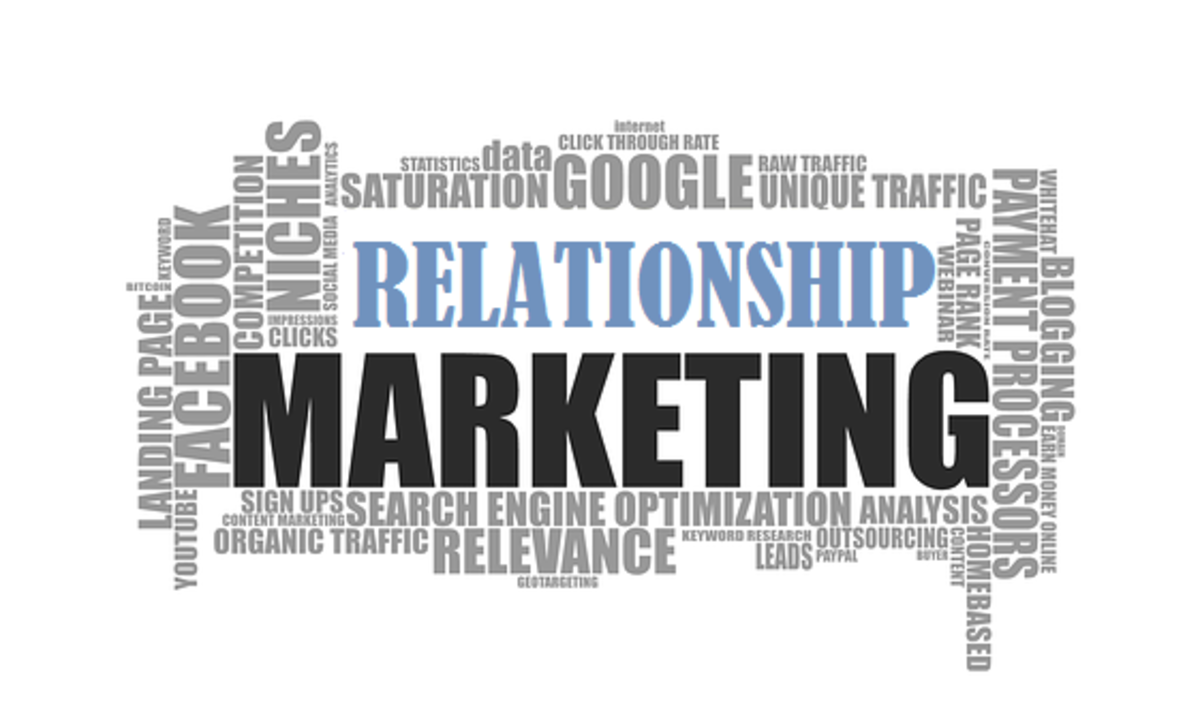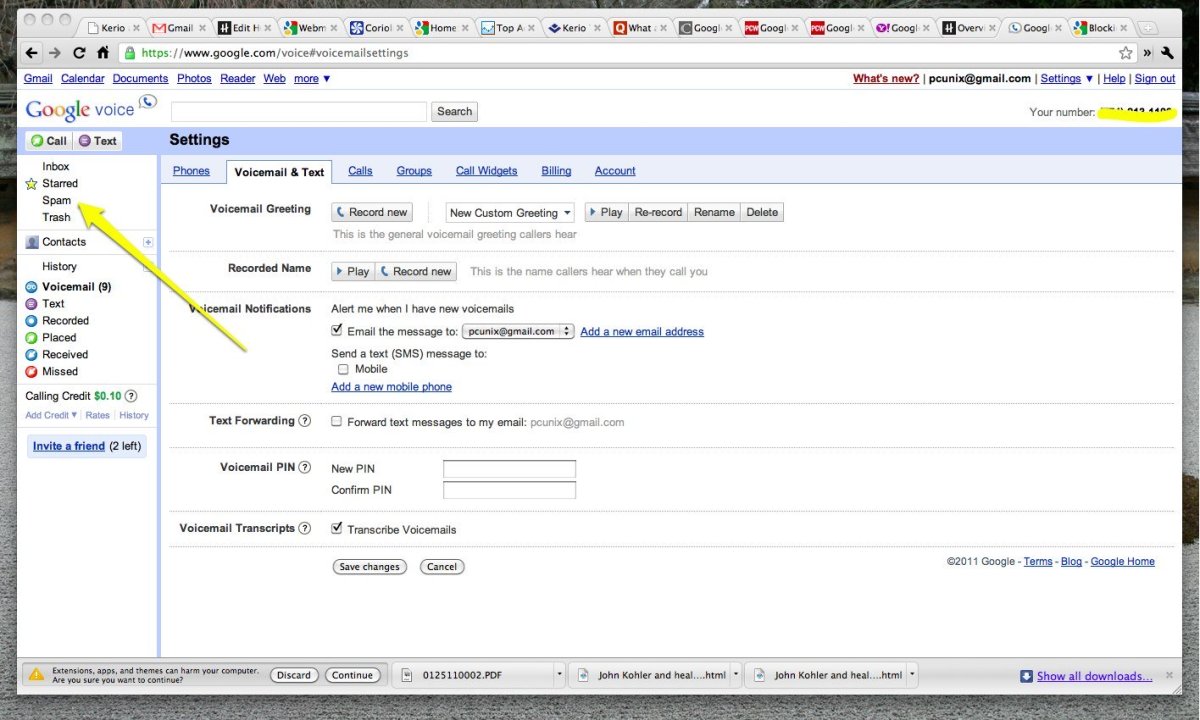Cause Based Marketing Without Crying Wolf
Introduction
Calls to action can be used as a marketing tool when done right. Cause marketing can bring attention and generate buzz around your brand. However, calls to action must be used carefully to prevent your customers from dismissing your pleas as false cries of “wolf” or backfire into bad PR. What factors will help your call to action marketing effort succeed? And when will cause based marketing fail?

Loud and Clear
If you send calls to action without a clear outline of the action a reader is to take, they will weary of the messages. In calls to action market, you must clearly state what you want customers to do. Should they buy one of your items with a portion of the proceeds going to the charity? Are you asking them to contact local elected officials or Congressmen? The calls to action should state the issue and the action you want your customers to get.
Conversely, raising the alarm and decrying the death of civilization if you don't get money for today's campaign will generate some funding today but little in the future because your predictions fell flat.
Timing
If you use calls to action in every marketing message, your customers will wonder if you are an advocacy group or a retailer. Nor should a retailer endlessly promote favored charities in marketing messages.
Too many calls to action will result in being blocked as spam. Sending a call for action for a blood drive when the Red Cross requests it will rarely cause problems unless it is sent more than once a month. Begging for money for a charity every week or with every single monthly deals newsletter is poorly received.
Sending repeated calls to action on a particular issue will also alienate customers who want to know about your products, not your political positions. You must also be careful about the timing of calls to action. Supporting a toy drive for poor children in November and December will be well received because it ties into the Christmas season. Sending out a plea for donations of school supplies or clothes for needy children before school starts can be sent along with your fall merchandise mailer. Asking for these things off season may lead to the message’s deletion.
Discretion
Cheer-leading causes that are favored by vocal but extreme parties can alienate a far larger customer demographic.
If your call to action is contrary to the views held by many of your customers, the company’s leadership should donate to the causes out of their own pockets, not beg customers to donate to the cause and risk hurting the company’s cash flow.
Tactful Rewards
In order to encourage support for a cause, offer discounts to those who support the cause. For example, for those who donate a pint of blood, let them present proof of donation in return for a 10% discount on their next purchase. If you place a “donate X amount to this charity” on a shopping cart, offer reduced shipping and handling fees to those who donate. If someone buys an item that gives part of the proceeds to a charity, send them a thank you email. However, you should never give that person’s email address or contact information to the charity for further solicitations unless the person explicitly gives permission for this information sharing.
Why Cause Related Marketing Fails
Cause marketing will fail when no one approves of your cause. Cause related marketing will not work if the cause is unpopular or the need for the action seems to have passed. For example, requesting donations months after a disaster often falls short while requests to buy items with proceeds going to charity to help victims do well in the hours and days after the event, when the disaster is kept fresh in potential customers’ minds through the news cycle.
Nor should you latch onto a politically made disaster that has been exaggerated to promote a piece of legislation that isn’t really a problem; your customers won’t buy products to support a non-issue.








